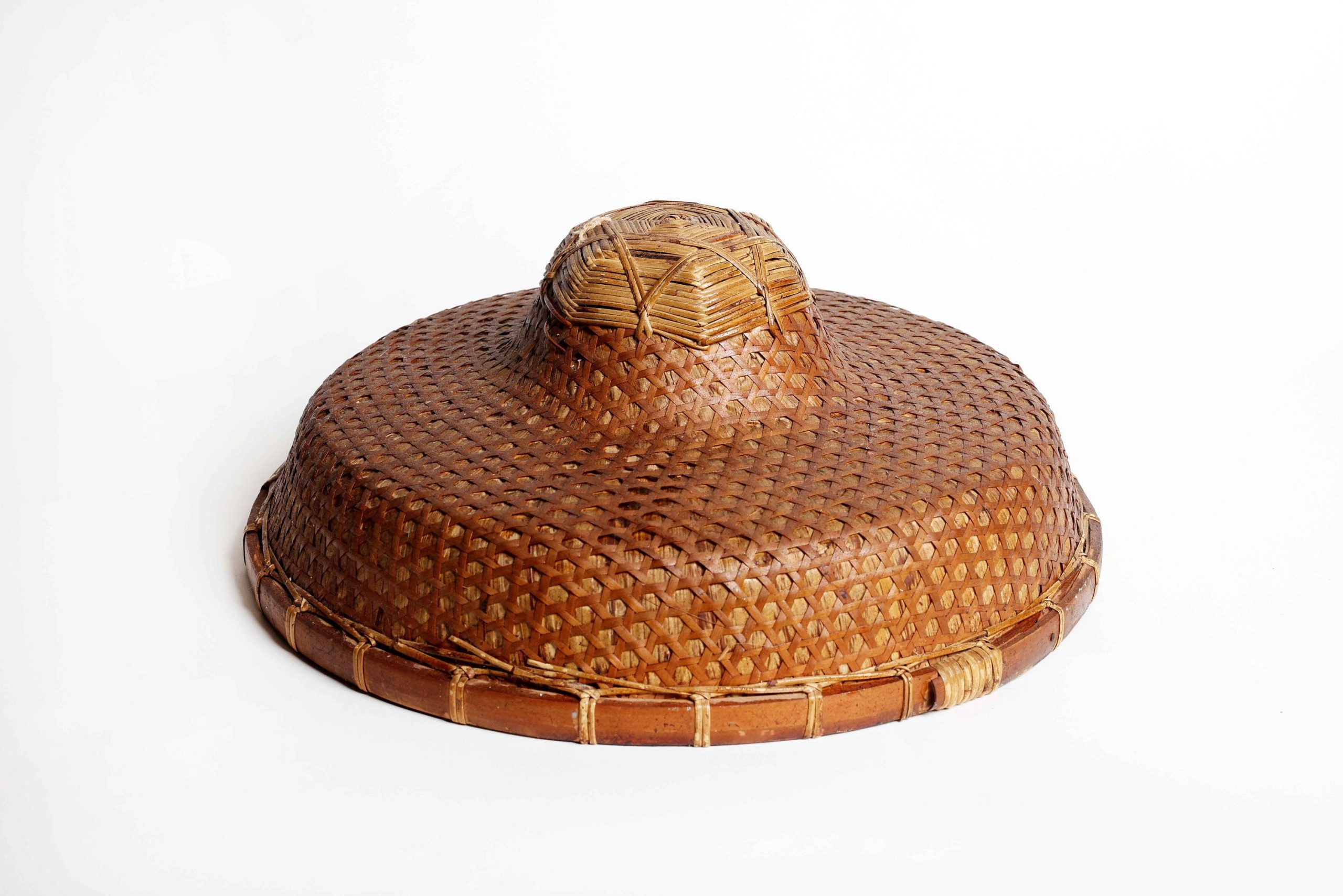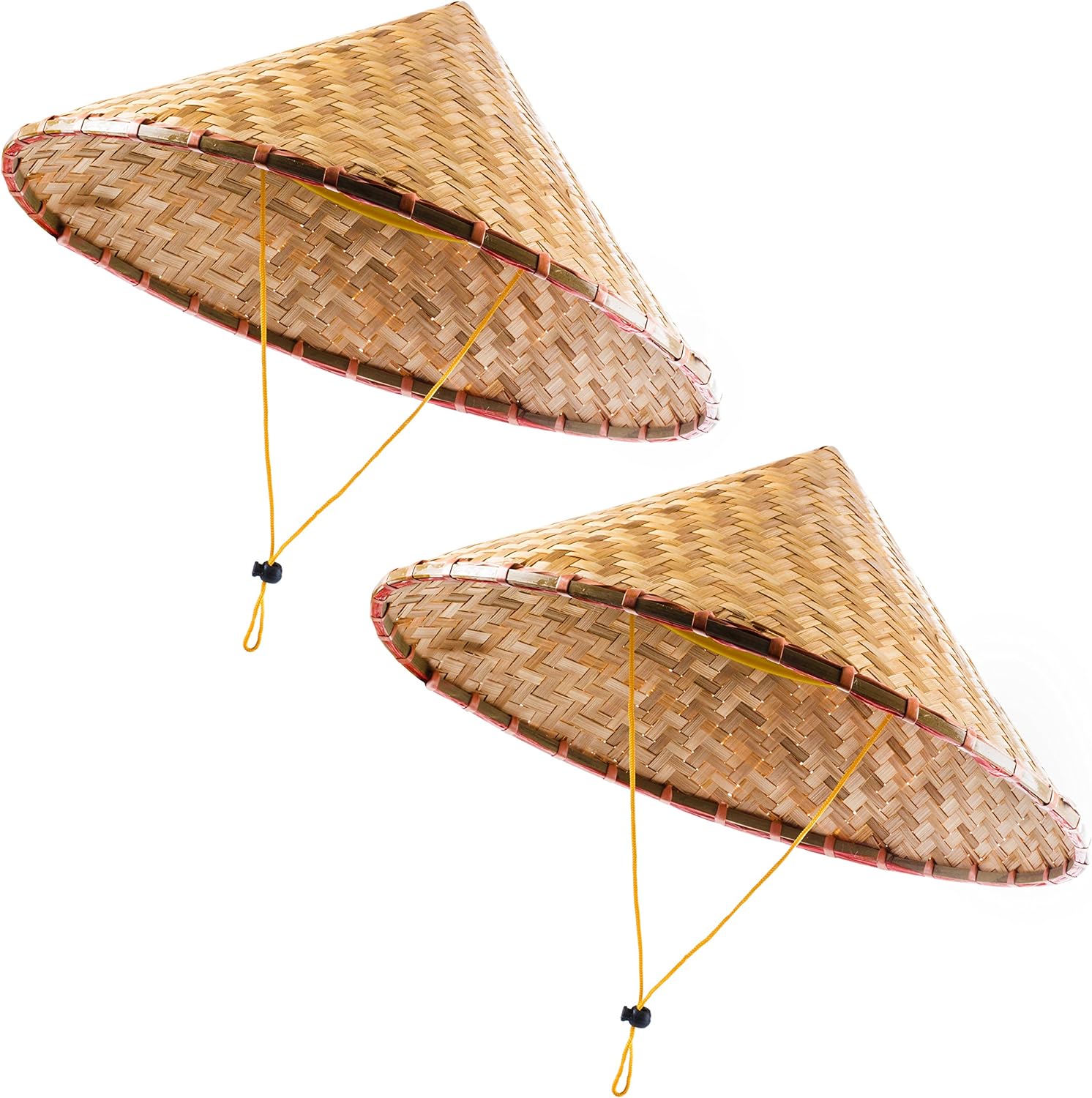Introduction
The rice farmer hat, often woven from straw and adorned with a wide brim, holds a unique place in both fashion and cultural history. Originating from agricultural practices in East and Southeast Asia, particularly in countries like China, Japan, Vietnam, and Thailand, these hats have transcended their humble beginnings to become iconic symbols of practicality, resilience, and even elegance. Let’s delve into the rich story and significance of the rice farmer hat.
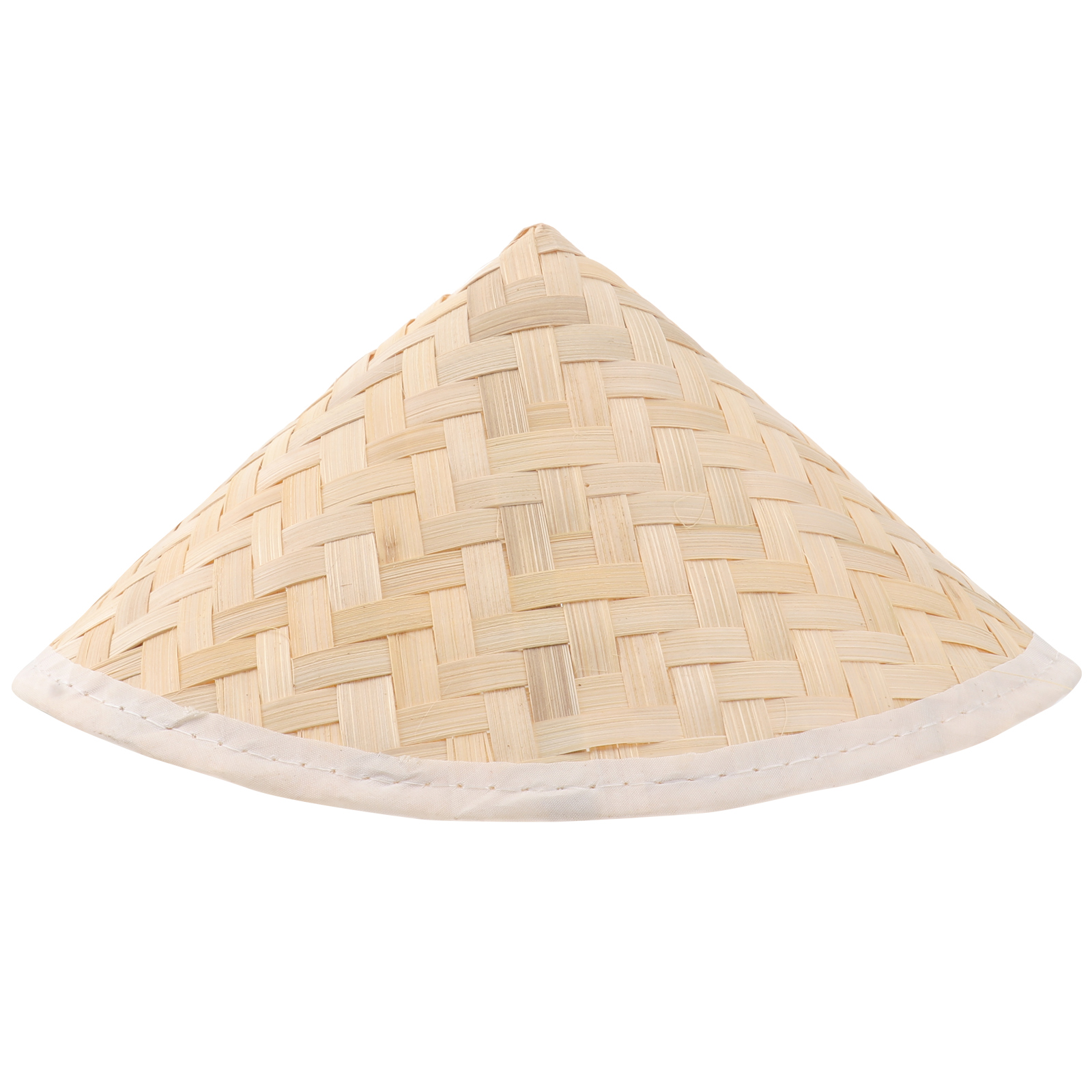
Historical Roots
The origins of the rice farmer hat can be traced back centuries, rooted in the agricultural traditions of East Asia. Farmers needed protection from the intense sun while working in rice paddies and fields, leading to the development of hats with wide brims to shield them from the elements. These hats were typically made from locally available materials such as straw, bamboo, or palm leaves, woven skillfully to provide both shade and ventilation in hot and humid climates.
In different regions, variations in hat design emerged to suit local agricultural practices and cultural preferences. For instance, the conical hat, known as the “non la” in Vietnam or the “sedge hat” in other parts of Southeast Asia, features a distinctive conical shape that directs rainwater away from the wearer. In Japan, the “kasa” evolved into a broad-brimmed hat used not only for farming but also as a traditional accessory worn during festivals and ceremonies.
Cultural Significance
Beyond its practical use, the rice farmer hat carries deep cultural significance. It is often associated with hard work, resilience, and a connection to the land. In many Asian cultures, the hat is a symbol of rural life, embodying the values of simplicity, diligence, and harmony with nature. Farmers are revered for their contribution to society, and the hat becomes a visual representation of their labor and dedication.
Moreover, the rice farmer hat has found its way into popular culture and fashion, both in Asia and globally. Its simple yet elegant design has inspired designers and fashion enthusiasts alike, leading to adaptations and interpretations in haute couture and everyday wear. From high-fashion runways to casual street style, the rice farmer hat continues to captivate with its timeless appeal and cultural resonance.
Evolution in Fashion
In recent decades, the rice farmer hat has undergone a transformation from a purely utilitarian item to a fashionable accessory embraced worldwide. Fashion designers have reimagined its traditional form, incorporating modern materials, colors, and embellishments to appeal to contemporary tastes. Celebrities and influencers have popularized the hat as a statement piece, pairing it with everything from casual denim outfits to chic summer dresses.
The versatility of the rice farmer hat lies in its ability to complement a wide range of styles and occasions. Whether worn for sun protection at the beach, as part of a bohemian festival ensemble, or to add a touch of rustic charm to urban streetwear, the hat transcends cultural boundaries and speaks to a universal appreciation for authenticity and heritage.
Sustainability and Craftsmanship
Beyond its cultural and aesthetic appeal, the rice farmer hat represents sustainable craftsmanship. Traditionally handmade by skilled artisans using natural materials, these hats embody principles of eco-friendliness and ethical production. By supporting the artisanal craft of hat-making, consumers contribute to the preservation of traditional knowledge and local economies.
In an era increasingly concerned with environmental impact, the rice farmer hat serves as a reminder of the importance of sustainable practices and respect for natural resources. Its durability and timeless design ensure longevity, making it a sustainable choice in a world of fast fashion and disposable trends.
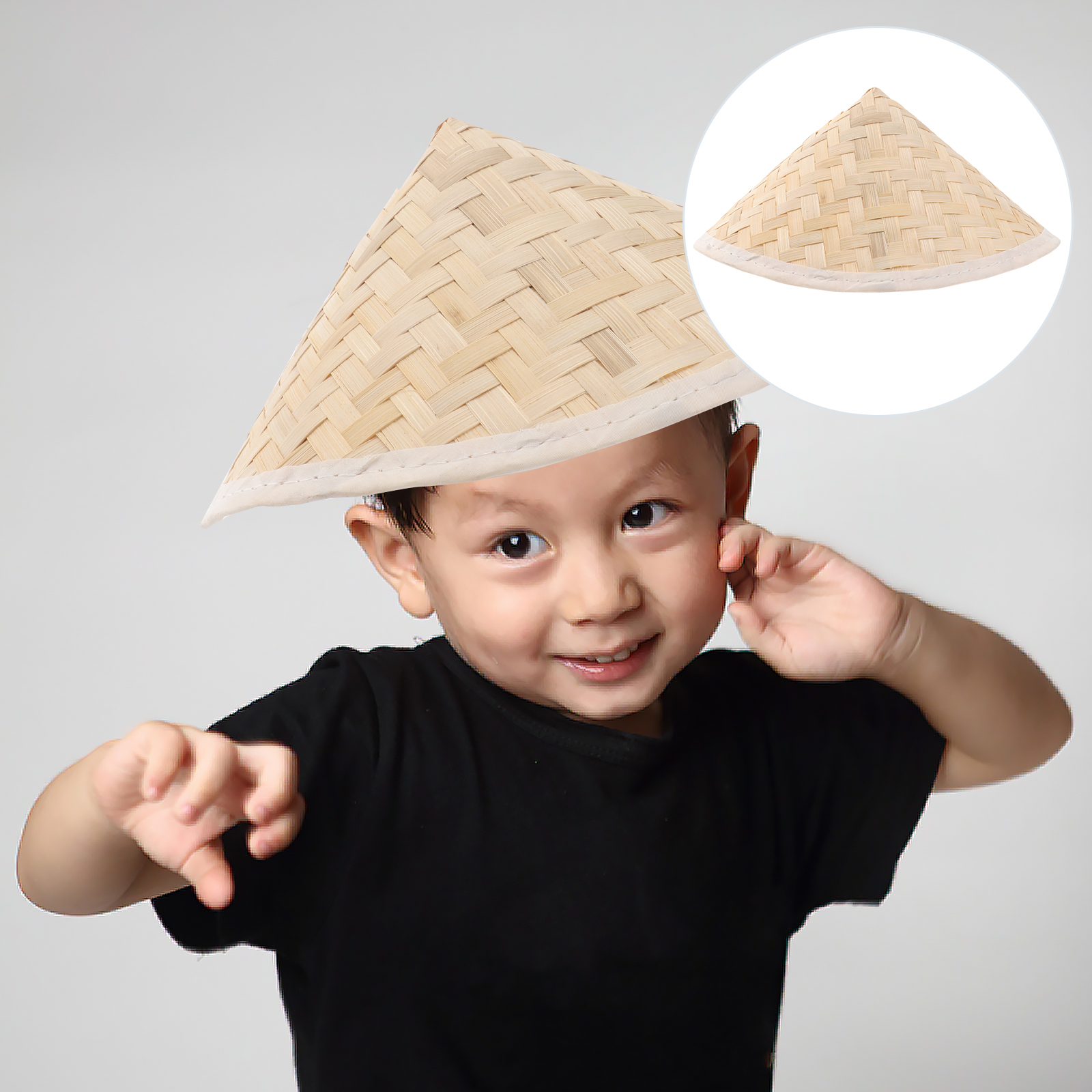
The Origin and Evolution
The typical rice farmer hat, often referred to as a conical hat, bamboo hat, or nón lá in Vietnam, has a history that spans centuries, with roots in ancient Southeast Asian civilizations. Made primarily from natural materials like bamboo, palm leaves, or rice straw, its design evolved to perfectly suit the needs of farmers working under the scorching sun and heavy rains typical of rice cultivation regions.
Form Follows Function
The conical shape of the rice farmer hat serves multiple practical purposes. Firstly, the wide brim offers excellent shade, covering not only the face but also the neck and shoulders, vital areas prone to sunburn and heat exhaustion. Secondly, the pointed top allows heat to escape, enhancing air circulation and keeping the head relatively cool. Moreover, the hat’s material is lightweight, breathable, and waterproof, protecting farmers from sudden rain showers while allowing sweat to evaporate.
A Symbol of Cultural Identity
Beyond its utilitarian aspects, the rice farmer hat carries profound cultural significance. It is deeply intertwined with the rural landscapes and traditions of countries like Vietnam, China, Thailand, and the Philippines, where it is an emblematic part of national dress. These hats often feature intricate weavings and patterns, reflecting local artistic expressions and regional identities.
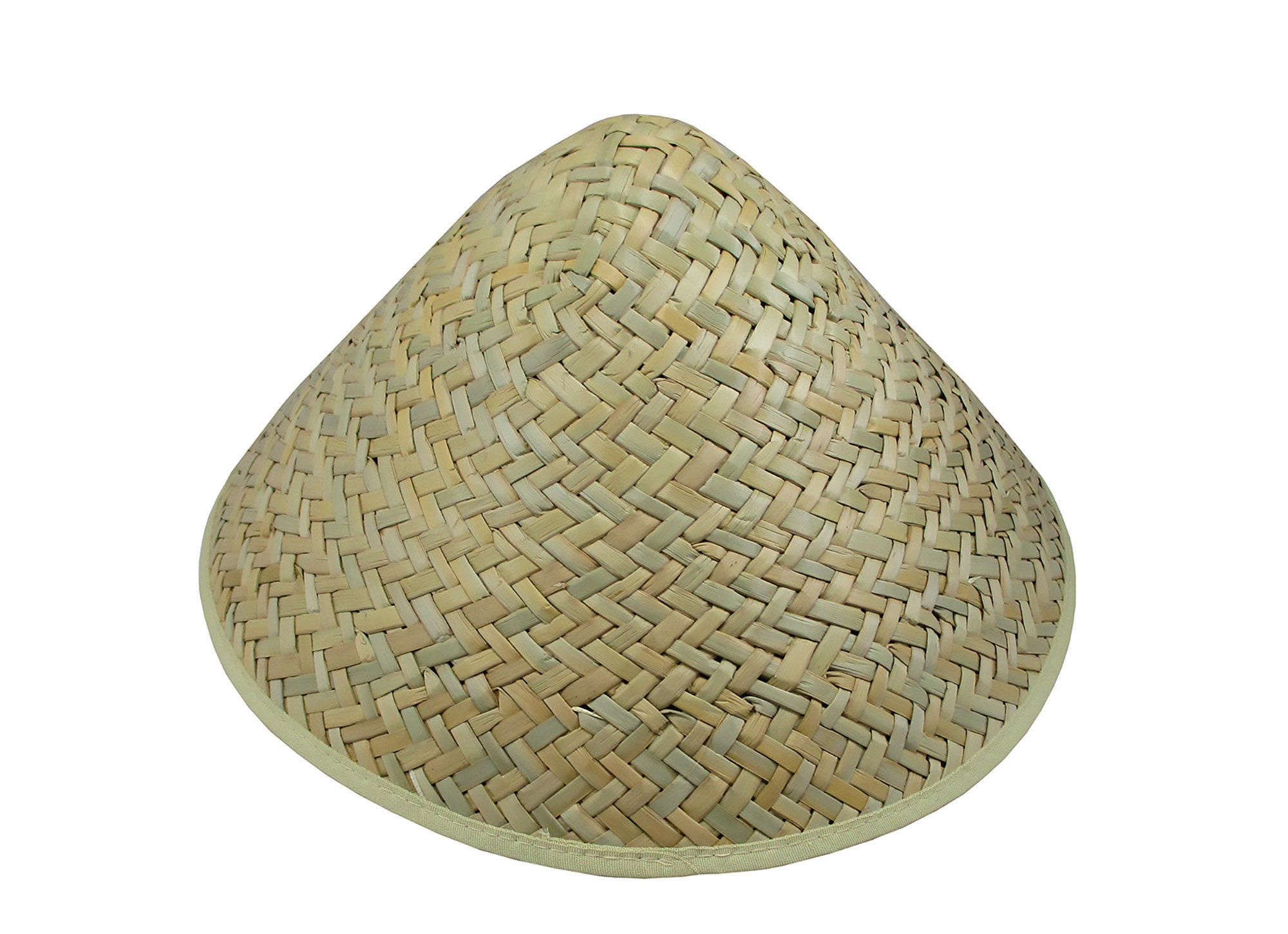
Fashion and Fusion
In recent years, the rice farmer hat has transcended its agricultural roots, finding its way onto international runways and street fashion. Designers have reinterpreted the classic design with modern materials and colors, blending tradition with contemporary fashion trends. This crossover not only introduces global audiences to the hat’s cultural importance but also provides a source of income for traditional artisans who craft these hats, helping to preserve the art form.
Environmental and Social Impact
The use of sustainable materials in the production of rice farmer hats highlights a commitment to environmental conservation. Bamboo and straw are renewable resources that require minimal processing, reducing the carbon footprint compared to synthetic alternatives. Additionally, supporting the artisans who make these hats sustains local economies and promotes fair trade practices, empowering rural communities.

Conclusion
The rice farmer hat transcends its origins as a mere agricultural tool to become a symbol of cultural heritage, resilience, and timeless style. From its humble beginnings in Asian rice paddies to its global influence in fashion and beyond, the hat continues to captivate with its simplicity, functionality, and profound cultural significance.
As we embrace the rice farmer hat in modern times, let us celebrate its rich history and craftsmanship while recognizing its enduring relevance in a rapidly changing world. Whether worn for practical purposes or as a fashion statement, the hat connects us to traditions of the past and inspires us to cultivate our own sense of style with authenticity and respect.
